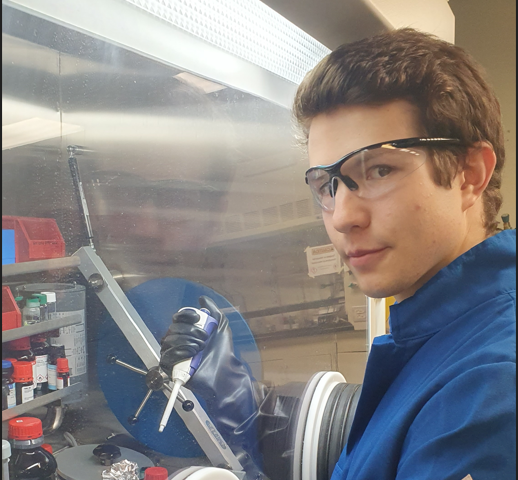
Liquid crystal elastomers (LCEs) simultaneously display anisotropic properties of liquid crystals and elastic properties of rubbers. LCEs exhibit reversible actuation behavior by external stimuli such as light or heat, enabling applications in many disciplines including optics, robotics, energy and biomedicine. Typically, the synthetic process of LCEs yields a polydomain elastomer. To ensure an effective strain-response behavior, a post-treatment process is required to align the polydomain material into a monodomain product. However, common alignment approaches such as mechanical deformation are challenging due to complex processing methods and limited alignment of mesogens. To facilitate the rapid development of LCE-containing devices, direct ink writing (DIW) emerged as a simple and scalable technique to generate aligned LCEs and construct various geometric architectures. The DIW method takes advantage of shear and extensional stresses during extrusion for effective alignment. The viability of DIW for the production of LCEs have been demonstrated with a range of resins based on aza-acrylate or thiol-acrylate Michael addition reactions that lack biocompatibility. Importantly, the preparation of siloxane-based LCEs via DIW has not been reported despite potential advantages including improved biocompatibility. In this project, a siloxane-based LCE resin suitable for DIW is designed. The preparation of the silicone LCE entails three steps. First, a resin is prepared via hydrosilylation reaction between a siloxane polymer, a mesogen and a photocrosslinker based on diazirine or azide compounds. Next, the resin is extruded through the DIW method to induce the alignment of the mesogens. Finally, the silicone LCE is arrested in its aligned state by ultraviolet light (UV)-triggered crosslinking. The successful synthesis and alignment of LCEs via DIW and UV-curing will open new avenues for advanced applications in biomedicine and other fields, leveraging their unique combination of anisotropic and elastic properties.